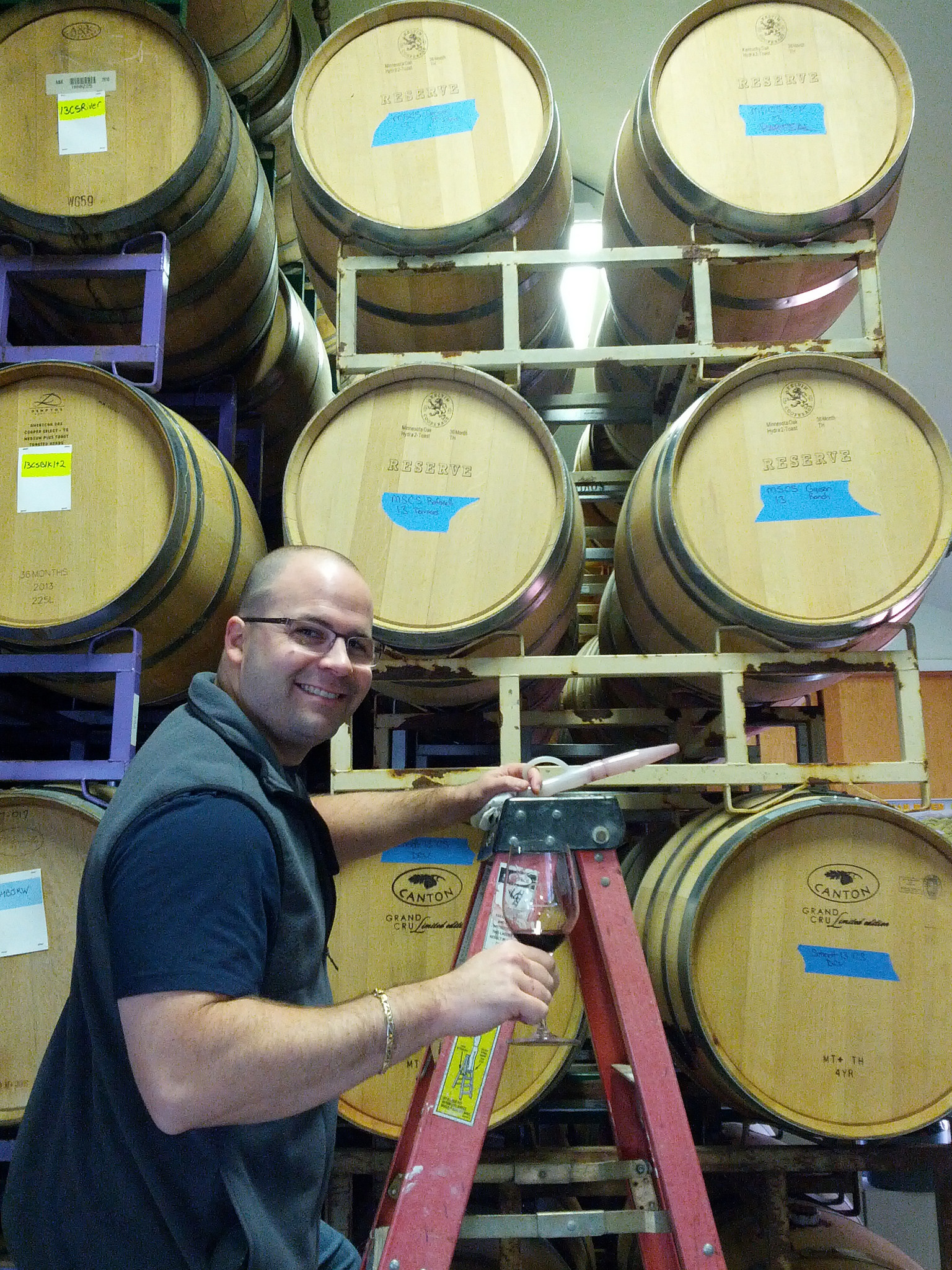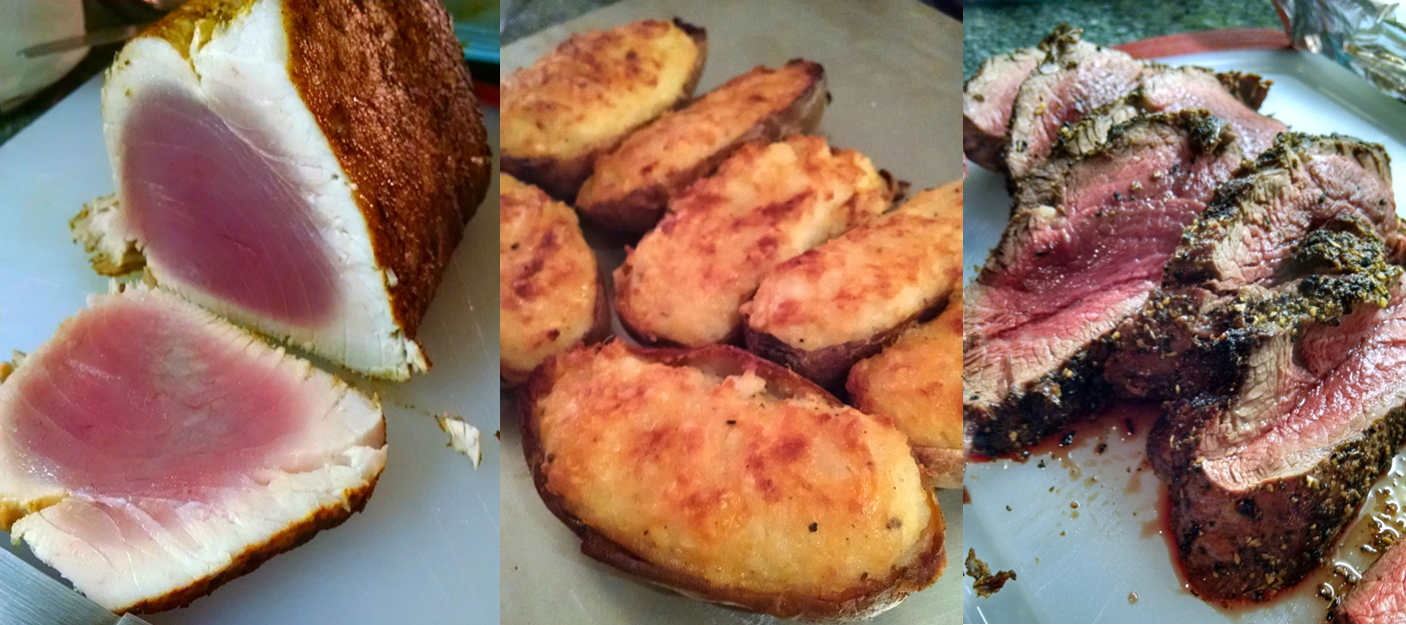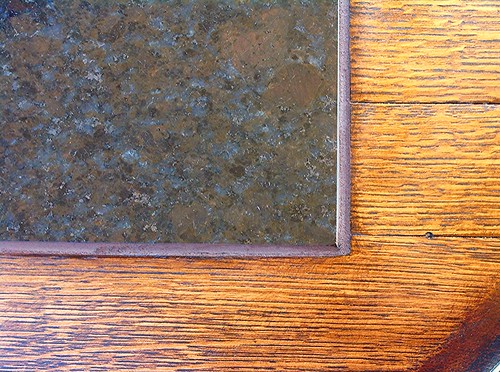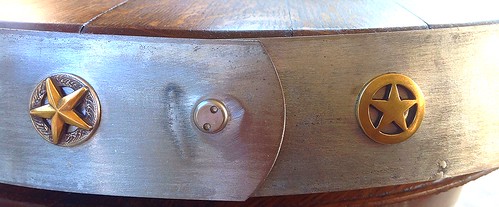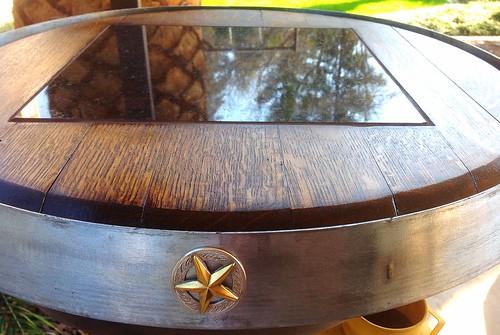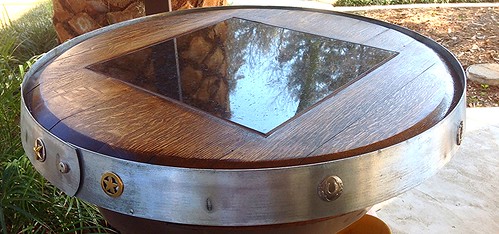American Oak is not the boogeyman!
I've been fortunate enough to hear Ridge winemaker Eric Baugher speak at Fresno State a couple times. Yes, we get to try his wines from the estate property in the Santa Cruz mountains and the Lytton Springs wines as well, but just hearing the stories and his insights are invaluable moments not just for the students, but for me as well.
One thing that I've focused on during his presentations is the use of American oak on Ridge wines. It's a methodical examination of American oak on Ridge wines over decades. Not anecdotes of American oak usage, but example after example of the how and why of American oak.
Too many American winemakers simply dismiss American oak as an inferior product, or are bemused by American oak as they speak of some deep forest in France they've never visited. Sadly, consumers buy into the simple notion that there is nothing beyond aging American wine in French oak.


